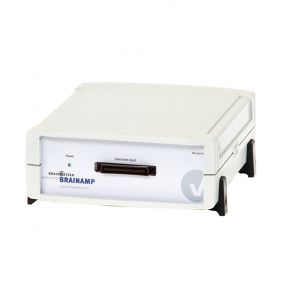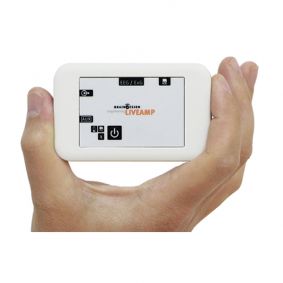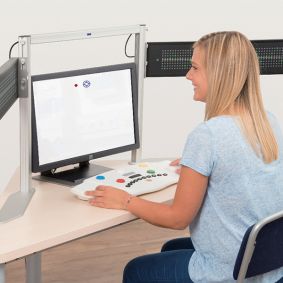When we speak of language, we can trace its development from the babbling of infants to reciting texts in school, from understanding ancient poetry to later English learning. Language cognition research encompasses phonetics, semantics, language processing, bilingualism, and more. The study of language has never ceased, holding immense significance for the advancement of social civilization and research on language-related disorders. Language is controlled by our brain's central nervous system, and as research deepens, it has expanded beyond surface-level analysis to exploring the neurological mechanisms behind language.
ERP (Event-Related Potentials)
ERPs represent the summation of postsynaptic potentials, reflecting synchronized brain electrical signals in response to stimuli. ERP components can be described in multiple dimensions, including polarity (P/N), latency, amplitude, and scalp distribution. Generally, amplitude reflects the level of brain excitability, while latency indicates the speed and temporal evaluation of neural activity and processing. The multidimensional advantages of ERP recording techniques—particularly its high temporal resolution—solidify its role and future applications in language research. With the discovery of the N400 component, ERP has become an indispensable tool in linguistic studies.
NIRS (Near-Infrared Spectroscopy)
NIRS is based on the optical properties of biological tissues, combined with the principles of light propagation within tissue. By leveraging the strong penetration of near-infrared light, it analyzes biochemical information carried by outgoing light after absorption and scattering in tissues. Its primary goal is to quantify the concentration of absorbing chromophores (e.g., oxyhemoglobin, deoxyhemoglobin, etc.) and extract useful data related to tissue structure and physiological function. Today, NIRS technology is increasingly applied in the field of language cognition, investigating semantics, language processing, comprehension, reading, listening, and related areas.






